Self-care: Parenting is easier when personal needs for intimacy, companionship, recreation, and time alone are being met. If your own needs as an adult are being met it is much easier to be patient consistent and available to your child.
Providing a safe environment: It is important to ensure a safe and engaging environment for your child. When your child is feeling safe, it creates a more relaxed environment for parenting.
Realistic expectations: It’s important for parents to have realistic expectations of themselves and understand where their child is developmentally ready to learn and understand. Problems can arise when parents expect too much of themselves and expect their children to be perfect.
Physical and emotional availability: Parents need to be available to their children not only physically but also emotionally. Parents can feel so overwhelmed by having to be present for their child all the time, but it’s important to explore what holds them back physical and emotionally from being present for their child.
Understanding how to discipline: Parents need to choose the right discipline strategy. Understanding how to discipline your child can help them feel safe and teaches them to behave in an acceptable way.
April is Child Abuse Prevention Month, a time when communities across the globe recognize the importance of safeguarding our children. But awareness alone isn’t enough. We must also act, and act wisely.
Safe & Sound co-leads the Child Abuse Prevention Council in Marin which helps prevent child abuse through community education, training, and promotion of policies and services that help support families and children before harm occurs.
The Council has recently released its “2024 Marin County Kids Community Report” which paints a sobering picture. You can read the data online here.
Dr. Pegah Faed, Safe & Sound CEO, collaborated with our co-lead of the Child Abuse Prevention Council in Marin, Robin Bowen, MHSA, Executive Director of the Child Parent Institute, to publish a piece for the Marin Independent Journal. In the article, they explain that in order to protect children, we must build systems of care that are not just reactive, but proactive, equitable and guided by those with firsthand knowledge.
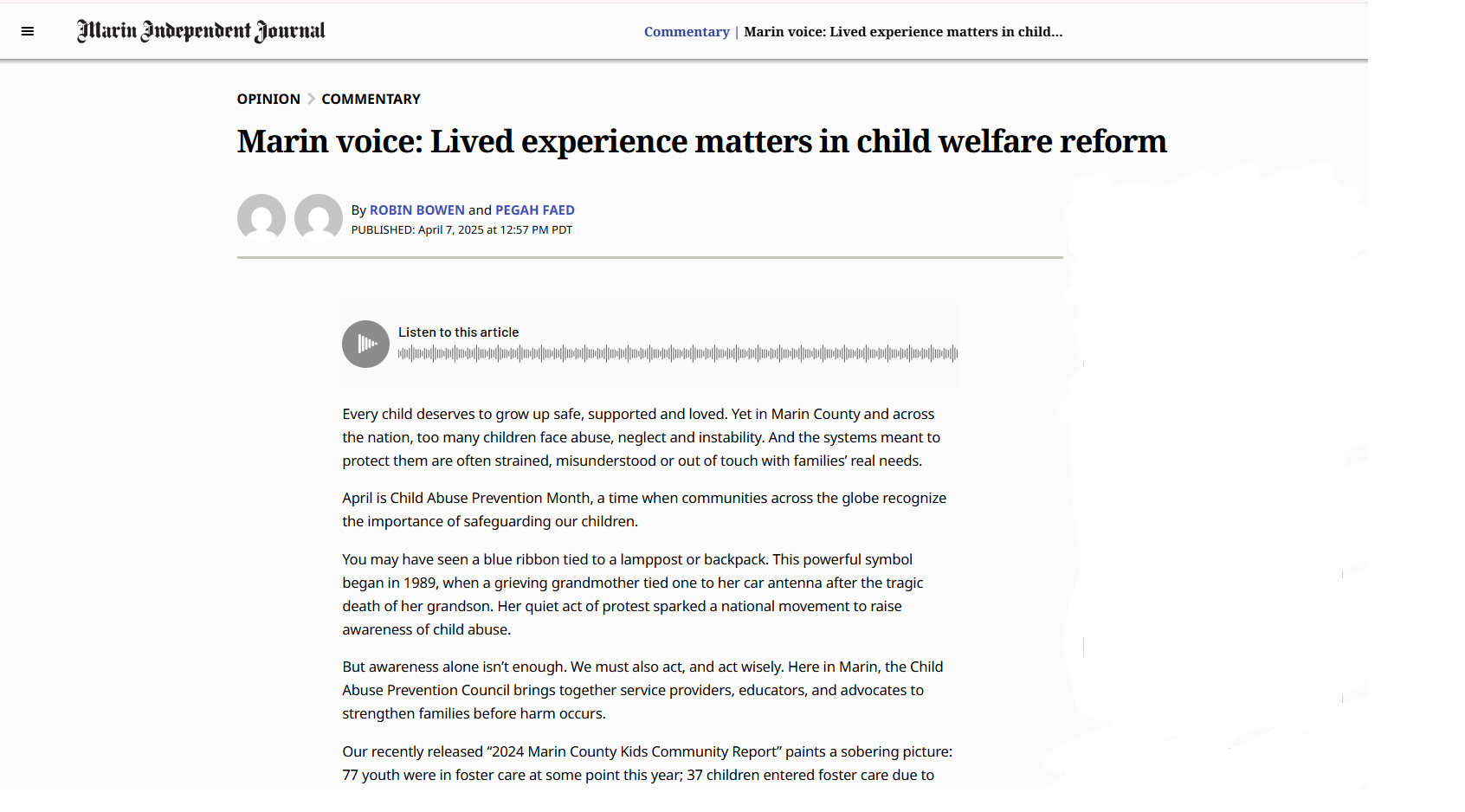
As they explain, lived experience (sometimes called lived expertise), the deep, practical knowledge that comes from personally navigating the child welfare system, can offer unique insights into what support systems truly help, what barriers cause harm and what services work in support of families to prevent the likelihood of abuse or neglect. The article therefore champions placing lived experience at the heart of child welfare reform, so that we can build systems of care that not only protect children but also strengthen families, restore dignity, and create lasting change. You can read the full article online here.
Child Abuse Prevention Month is an opportunity to take stock and celebrate “blue ribbon” individuals, organizations, and communities who have done so much to prevent child abuse and neglect, and to look forward to what can still be achieved.
The first National Child Abuse Prevention Month took place in April 1983, but child abuse is still a critical social issue. In 2023, the City and County of San Francisco had one child reported with abuse every 1.8 hours, and the Bay Area had one child reported every 9.1 minutes.
Why is the blue pinwheel used to mark Child Abuse Prevention Month?
Introduced by Prevent Child Abuse America in 2008, this symbol captures the essence of the carefree, joyful experiences that should characterize childhood. Join the campaign by putting up pinwheels inside or outside your home or workplace.
As well as the detrimental social and emotional impact of this intervention, this has a devastating economic cost. In 2023, California communities incurred a total economic burden of $16.5 billion for the lifetime costs of survivors of child abuse and neglect. To put this figure into context, approximately 1.37 million children could be sent to preschool for the same amount.
Later this month we will be publishing our landmark Economics of Child Abuse report which measures these statistics annually across all the counties of California. This will help us see a picture of how the situation is changing for our communities.
In the meantime, the first step to making lasting change is awareness. Join us in taking on the challenge of raising awareness during April. There are some simple things you can do this month to be part of the movement, like attending an event, wearing blue, reading resources, and sharing on social media.
Attend an event
There’s a whole calendar of events taking place across the Bay Area, virtually and in person, targeted at families, professionals and people interested in prevention. Attend an event and share your reflections with others. Event Calendar
Wearing blue, pinwheels and ribbons
Take a photo of you wearing blue clothing or ribbons or plant pinwheels in your yard to symbolize your commitment to keeping children safe. Here’s a handy kit to make your own pinwheel
If you post on social media, use #WearBlue4Kids and #CAPMonth
Share insights
Read a book or watch a documentary on child abuse prevention and share your insights with your network. If you follow Safe & Sound on social media, we’ll be sharing some informative posts about child abuse prevention strategies and resources – digest these and pass them on. Let’s spread awareness together!
Reach out
Connect with local community organizations and offer your support. Every effort counts in protecting children. If you are based in San Francisco, look up your local organization and see what support they need, whether that’s time, supplies or something else.
Why do we use blue ribbons to mark Child Abuse Prevention?
In 1989, the Blue Ribbon Campaign to Prevent Child Abuse had its early beginnings as a Virginia grandmother’s tribute to her grandson who died as a result of abuse. She tied a blue ribbon to the antenna of her car as a way to remember him and to alert her community to the tragedy of child abuse. The Blue Ribbon Campaign has since expanded across the country, and many wear blue ribbons each April in memory of those who have died as a result of child abuse.
So if you haven’t already been wearing your blue ribbon this month, now is the time to use it to show your commitment to prevention.
Creative challenge
Express your thoughts and feelings about child abuse prevention through art, poetry, or music. Share your creations on social media to inspire others and tag organizations dedicated to child abuse prevention.
Fundraiser
Organize a fundraiser to support child abuse prevention efforts in your community. Let’s rally together for this important cause! Safe & Sound has set an ambitious fundraising goal for this month – support us in achieving that goal so that we can continue to support children and families to thrive.
Family engagement
Get to know neighbors or new families at your child’s school and help others to do the same. Encourage families to have open and honest conversations about child abuse prevention and safety with their children. Provide resources and activities for caregivers to teach children about personal boundaries, consent, and safe adults to talk to. You can find some of these resources on Safe & Sound’s website.
Reflection
Take a moment to reflect on what you’ve learned and advocate for children in your community. Your voice matters.
Together, let’s create a safer and brighter future for every child. Let’s make April a month of awareness and action with Safe & Sound!
Key information:
Date: Saturday, April 26th
Time: 12pm-3pm
Location: Bayview K.C. Jones Park
Transport: MUNI T, 29, 54
Our free event for families will include:
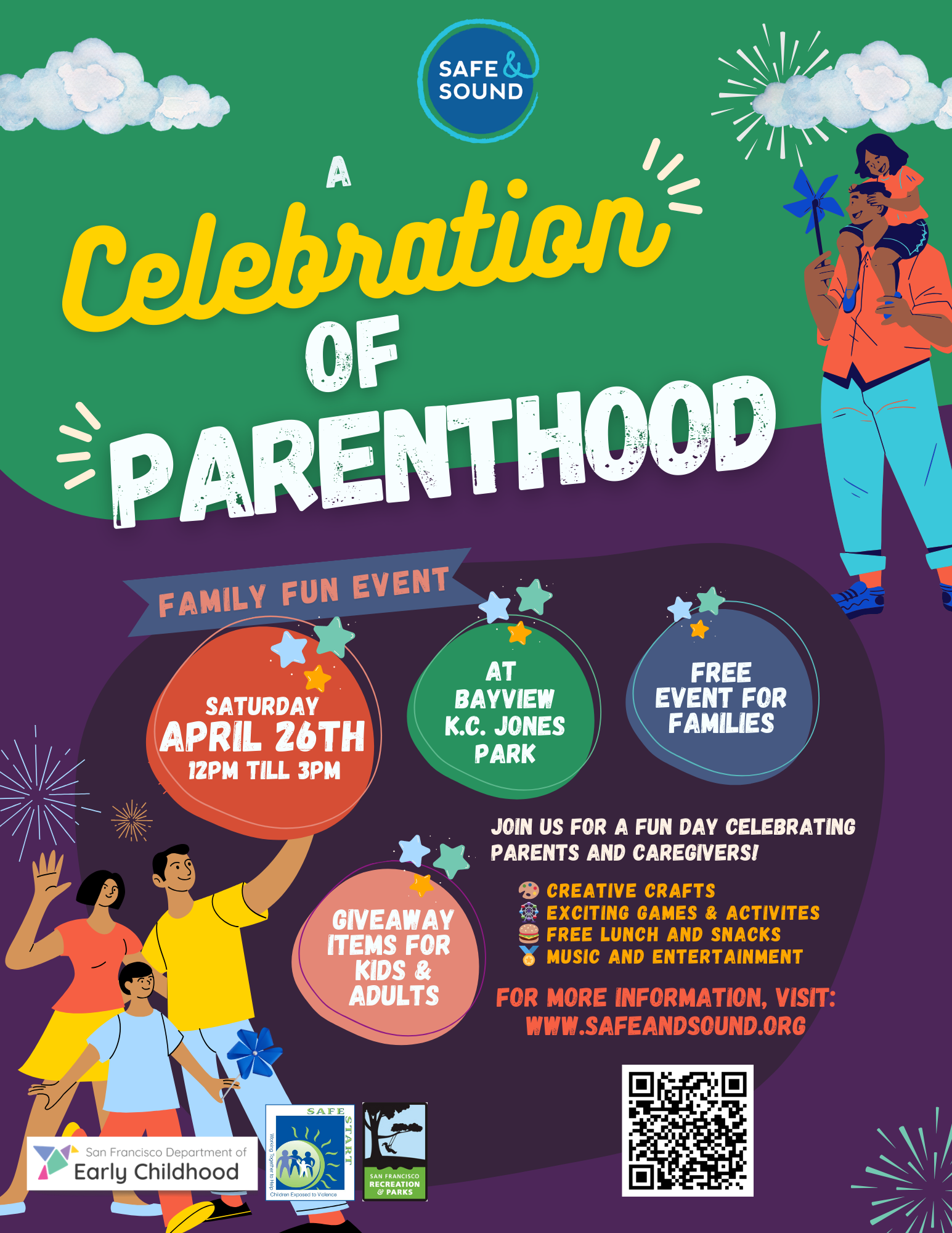
Safe & Sound CEO Dr. Pegah Faed was delighted to have a chat with Jim Herlihy, Host and Executive Producer of The San Francisco Experience Podcast, which aims to give a succinct, fact based analysis from a California, Silicon Valley perspective, featuring newsmakers, thought leaders and authors as guests.
Pegah and Jim had a wide ranging discussion about Safe & Sound’s work and touched upon our priority activities for the coming years. Pegah explained that prevention is the core of our work and will continue to be our priority going forward, developing a community pathway which can support families with the necessary resources before the need for child welfare involvement.

A key facet to our success is the developed trust with the families we support. As Pegah explained “We are trying to prevent cases of child abuse, neglect, trauma, we are trying to prevent families from being separated in the first place, and so we can only do that by being able to catch families before a challenge and a crisis has occurred and built trust with them, give them the knowledge, skills and behaviours to make the change.”
You can listen to the full episode on all major podcast providers and on the San Francisco Experience Podcast website here.
Spring Break is coming up! Spring break provides a great opportunity for kids to decompress during a busy school year and for parents to engage in fun activities. While your kids are excited that it is a week of endless possibilities, we understand that as a parent – taking care of logistics can be hard. Whether you are staying at home or going out of town, here are some activities you can try with your kiddos.
Create a board game
Test your kiddos skills (and yours) by building a game from scratch. Make your own rules!
Treasure Hunt
Make a treasure hunt for your child to find around the house. Gather some things or add some riddles as hints to make it a challenge. If appropriate – make a treasure hunt around the neighborhood.
Buy a puzzle
Focus on achieving the puzzle by the end of spring break.
Book and/or Movie club
Choose a list of books and/or movies to read and watch then make discussion questions that will allow the whole family to converse about. Go over themes and important takeaways from the book or movie.
Cook-Off
Have some fun in the kitchen and gather ingredients for a pizza, sandwich, or any dish and try each other’s food. Make it into a cooking competition – who is the next MasterChef?
Make a fort
Turn your room or living room into a fort – let your creativity flow and let your imagination play. Make smores, turn it into a pirate ship, or tell scary stories.
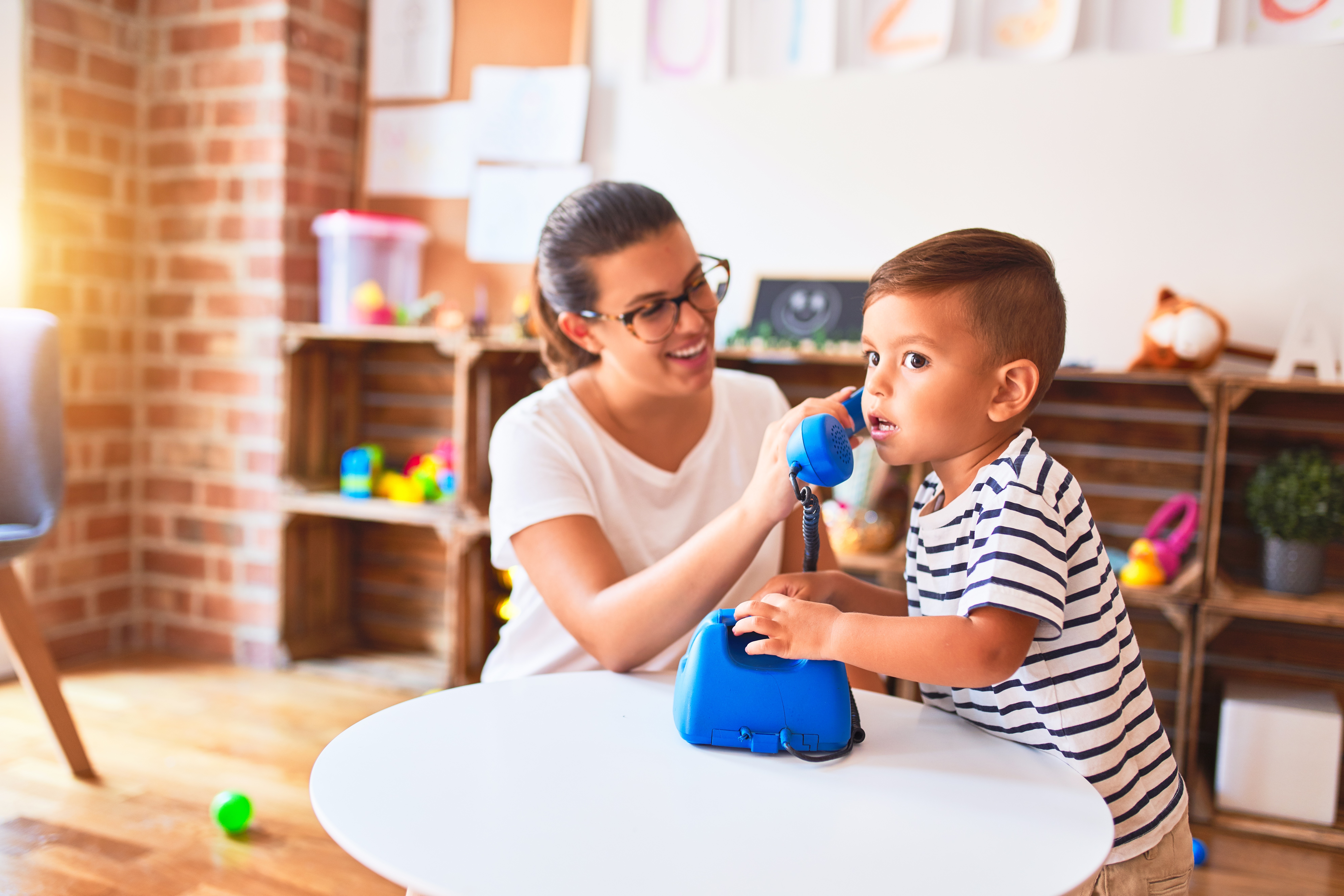
Go to the park
Invite neighbors and friends to join a day at the park to get some fresh air for both you and your kiddo. Or take a ball to play catch !
Explore your local area!
If you are near a beach, take a beach day. If you are around your neighborhood, take an expedition and learn about the plants and trees in your neighborhood.
Visit a museum
Exploratorium
Children’s Creativity Museum
California Academy of Sciences
Many museums have free days – have a look at this list for options.
Other activity ideas
This site has many suggestions for fun and cheap days out with kids.
If you want to leave town
Make a plan ahead of time. This will allow you to make the break more manageable and reduce stress
Local to the Bay Area? Visit Safe & Sound this Spring Break
Come to parent drop in hours to chat and bring your kiddos to the playroom
Monday & Thursday: 10 a.m. – 2 p.m.
Tuesday & Wednesday: 2 p.m. – 4:50 p.m.
Do not forget to take care of yourself! This week can be stressful – find opportunities in your schedule to do something you like whether it be a nice shower, a date night or a walk out of the house.
Check out this website page for more resources! https://safeandsound.org/for-parents/
Parenting is hard and you don’t have to do it alone. Call our 24/7 TALKLine on: (415) 441-5437
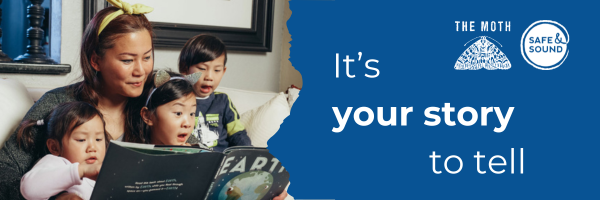
Now more than ever, there is a severe lack of empathy and understanding in our society. Storytelling is one way to celebrate both the diversity and commonality of the human experience. Sometimes that means Safe & Sound sharing stories and advocating for families; other times, it means handing over the mic.
That’s why we’ve partnered with The Moth to offer an exclusive storytelling workshop and coaching opportunity for our clients and supporters to tell their own stories, and we’d love for you to join us. We want to hear how being a part of the Safe and Sound community has impacted you personally – a time you felt seen for who you are, when something you did made an impact, a moment when you realized what was possible and what family could be like.
The Moth is a nonprofit dedicated to the art and craft of storytelling. Since 1997, The Moth has invited over 60,000 individuals around the globe to stand in front of a live audience and share their personal and true stories. The Moth Podcast is downloaded tens of millions of times a year, and each week, the Peabody Award-winning The Moth Radio Hour, presented by PRX, is heard on over 560+ public radio stations. Here’s a link to some of the Moth staff’s favorite stories to give you an idea.
Additionally, The Moth runs storytelling workshops for students, teachers, adults, advocates, and professionals from around the world through its Education, Community Engagement, Global Community and MothWorks programs – which is where we come in. We’re offering you the opportunity to build your storytelling skills and craft your personal narrative, through a 20-person virtual workshop and, if chosen, one-to-one coaching to deliver that story live to an audience of invited guests.
Applicants must be available to attend all elements of the program.
Interactive virtual workshop
➡️ Monday, March 24th 9am-11.30am
Up to 20 lucky applicants will be selected to attend a workshop on Zoom to develop the first draft of your personal story and receive craft-focused feedback from a Moth instructor.

Story development
➡️ 1 hour, scheduled directly with Moth at your mutual convenience
After the workshop, 3 attendees will be selected to refine their story with The Moth in preparation to tell it live on stage. These selected storytellers will each have an hour to work one-on-one with The Moth to develop their submission into a story they can share confidently at the storytelling event. These sessions will be delivered virtually.

Live storytelling event
➡️ Wednesday, April 30th 6.00pm-8.00pm at Safe & Sound’s Waller Street location. NB This event will be filmed.
The three chosen storytellers will deliver their story on stage, without notes, at an intimate storytelling event of invited guests, including other workshop participants, Safe & Sound donors, clients and partners, and the storytellers’ own guests. This should shape up to be an exhilarating, inspiring event where we can learn more about ourselves and each other.
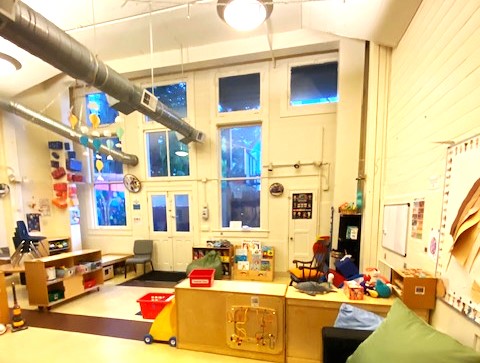
Tell us about a time you showed resilience to face your challenges
➡️ Submission Deadline: Tuesday March 18th
To apply, submit a summary of your story using this google form:
If you have any questions about this program or your submission, please email teamdev@safeandsound.org.
Remember, the best person to tell your story is you. So join us to do just that.
Safe & Sound senior adviser and former CEO, Katie Albright, has co-authored a powerful piece in the latest issue of Family Justice Journal setting out a guide for building pathways for supporting children and families in their own communities.
The piece discusses in detail the position advocated for at Safe & Sound. Creating a community pathway means supporting families in their communities and enabling them to access help in the moment and at the time they need it most, before (or avoiding the need for) intervention from child protective services. The current child welfare system is structured to react and respond after a crisis has occurred, whereas these community-based services seek to promote protective factors – parental resilience, child social-emotional competency, knowledge of parenting and child development, social connections, and concrete support – that research shows strengthens families and prevents child maltreatment. Currently, the funding reflects an inequitable allocation of priority between intervention and prevention: of the $11 billion in federal spending for child welfare in fiscal year 2024, only 2.3% ($253M) is allocated for prevention with the remainder spent on intervention [1].
The solution has two interdependent parts to it.
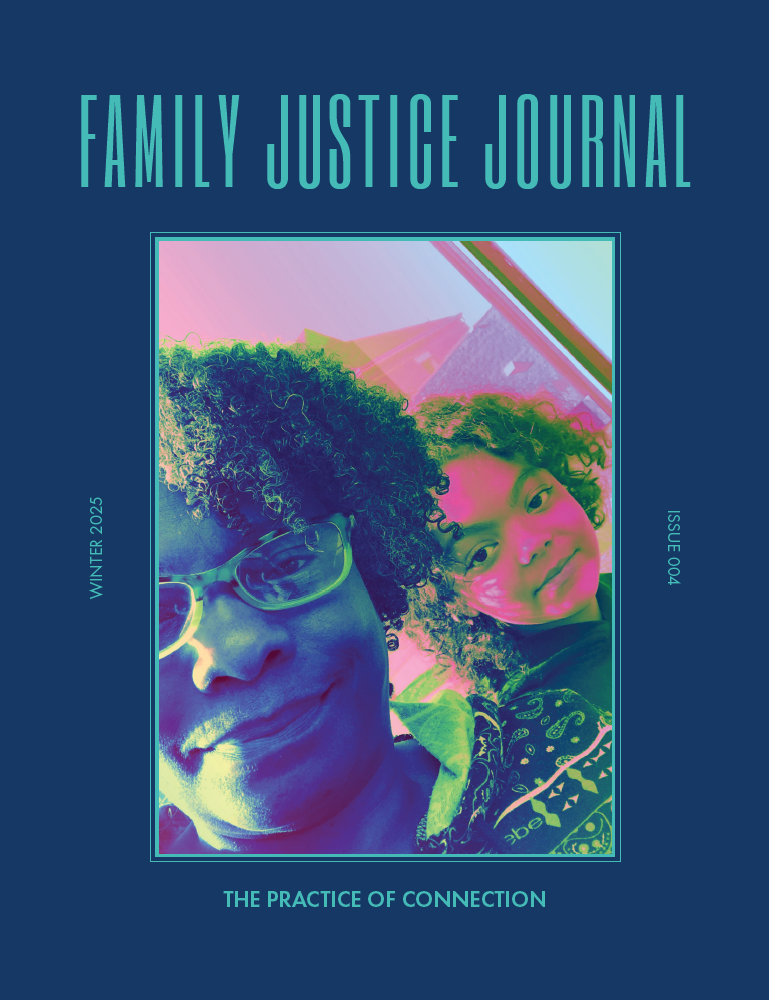
Safe & Sound has already taken some steps to address overreporting to the Child Welfare System, having established that in California over 80% of general neglect allegations were not substantiated [2], that fear of being reported was discouraging parents from seeking support, and that despite the fact mandated reporters often have the best intentions of trying to get the help the family needs, the vast majority do not receive services that result in greater family stability [3].
In 2022 Safe & Sound successfully navigated California Assembly Bill 2085 through the State Assembly and before the Senate. The bill limits the definition of general neglect to only include circumstances where the child is at substantial risk of suffering serious physical harm or illness, and provides that general neglect does not include a parent’s economic disadvantage.
We also continue to deliver Mandated Reporter trainings across San Francisco – training for child-serving professionals on how to identify, respond to, and report suspected child abuse – in a way that is responsive to the research on overreporting and sensitive to its findings.
The other side to the coin is to operationalize the alternative – Pathways to Prevention. The article in the Family Justice Journal sets out three transformative actions that will enable this. At Safe & Sound, we have been instrumental in the formation and leadership of the statewide Mandated Reporting to Community Supporting Task Force, charged with developing key reform recommendations. Our Chief Policy Officer, Jenny Pearlman, is a key member of the Task Force and co-chairs its Legal Liability and Policy subcommittee. To date, we have delivered over 20 presentations on this work to local and state entities, further advocating for a shift towards a supportive, trauma-informed approach to child and family well-being.
Safe & Sound is also the backbone agency for the Family Services Alliance, a collective of Family Resource Centers that collaborate on advocacy and coordinate resources and services, creating the groundwork for a community pathway.
Safe & Sound’s efforts to date put us at the forefront of the local and statewide endeavor to safely keep families together in the communities where they will thrive. We will continue to move these initiatives forward in the coming year, with the support of experts and thought leaders.
—
[1] Stoltzfus, E., Congressional Research Service (2024). Child Welfare: Purposes, Federal Programs, and Funding.
[2] California Child Welfare Indicators Project (2024).
[3] Chapin Hall (2024).
In 2024 alone, Safe & Sound’s Community Education team spoke to 3,991 K-5 students about Safety Awareness through our partnership with the San Francisco Unified School District.
This cornerstone of our prevention efforts teaches children how to keep themselves safe, how to respond to different types of pressure from others, and to talk to a trusted adult about their experiences.
The content is simple, but the concepts being articulated are potentially life changing for the children in the class. Topics covered include:
The community educators generally divide these topics into three distinct but interrelated sessions of 30 minutes, visiting each class for three days in a row, in a tightly packed schedule that sees them visit 30 institutions per year across San Francisco.
Through rhymes, claps, roleplays and patiently answering questions, the community educators ensure that students understand the key concepts. This consistent curriculum is delivered to students throughout their school journey, to reinforce the messages and add levels of complexity to the information as children get older, start to understand the concepts and have different experiences.
In response to parent and teacher feedback citing their most prominent concerns, in 2025 the classes will start to incorporate internet safety, demonstrating our commitment to ensuring the curriculum remains as valuable and up to date as possible.